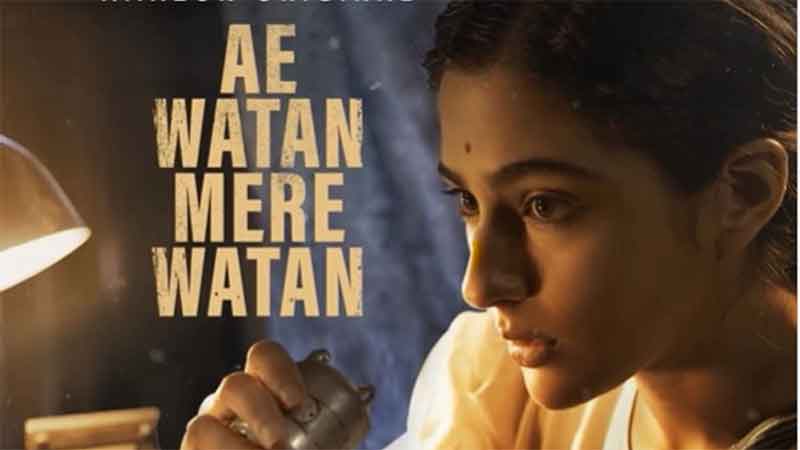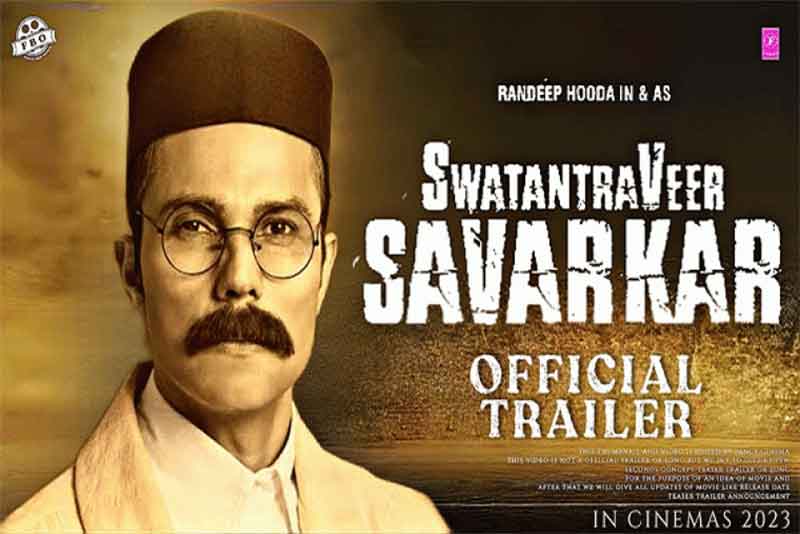
Indian Matchmaking, Netflix’s recent show on arranged marriages in elite families, has spawned countless memes and conspiracy theories. It has also put the spotlight on reality shows and how they spin a particular narrative at the cost of others. The show seems to be tailor-made for a western audience and portrays arranged marriages in a positive way while underplaying issues of casteism, misogyny and heteronormativity.
At the centre of the show is matchmaker Sima Taparia, whose clients include well-off Indians living in the USA or in cosmopolitan cities across India. Her advice to her clients, especially to girls, is to be “flexible”. While she sees the “good heart” of her male clients, she often chides her female clients for being too choosy and demanding.
The precursor to this show is the 2017 documentary, A Suitable Girl, directed by Smriti Mundhra (who also directed Indian Matchmaking) and Sarita Khurana. While the themes are similar, A Suitable Girl offers a nuanced and realistic take on arranged marriages among middle class Indians. Taparia and her daughter Ritu feature in A Suitable Girl as Ritu is one of three women whose journeys are profiled in the award-winning documentary.
Both the show and the documentary highlight the kind of pressure that is brought upon young women (and men) to marry early and as per the wishes/with the consent of their parents.
While Indian Matchmaking can make for uncomfortable viewing, and many Indians may not agree with Taparia’s views on women and marriage, it is undeniable that arranged marriages are popular in India.
A 2018 Lok Foundation-Oxford University survey revealed that 93% of respondents had an arranged marriage, 3% had a “love marriage”, and 2% had a “love-cum-arranged marriage” (the parents set up the meeting, the couple fall in love, and get married).
In their 2016 study, The Decline of Arranged Marriage? Marital Change and Continuity in India, Keera Allendorf and Roshan K. Pandian state that the practice of arranged marriage is shifting, rather than declining: “Young women became increasingly active in choosing their own husbands, spouses meeting before the wedding day became more common, consanguineous marriage declined, and intercaste marriage rose. However, the size of many of these changes is modest and substantial majorities of recent marriages still show the hallmarks of arranged marriage. Arranged marriage is clearly not headed towards obsolescence any time soon.”
The process of matchmaking has evolved over time. While conventional matchmaking involved matchmakers like Taparia who kept a database of prospective grooms and brides, the last few years have seen the rise of online matchmaking services, such as Shaadi.com and Bharatmatrimony.com. There are dating apps like Tinder and OkCupid as well, though singles don’t necessarily meet through these platforms with marriage in mind.
A UN Women’s report, titled Progress of the World’s Women 2019-2020: Families in a Changing World, stated that arranged marriages remain commonplace in India, but the practice has been partially replaced by semi-arranged marriages. The latter are arrangements where families suggest matches but women take the final call on whom/whether to marry.
The study further says that semi and self-arranged matches are more beneficial for women as it gives them greater opportunity to exercise agency in key aspects (such as expenditure and reproduction), and makes them less vulnerable to domestic violence. While arranged marriages may never truly go out of fashion in India, its contours seem to be changing.
Some aspects of arranged marriages are, however, more resistant to change. It is still relatively rare to see caste, religion and region not being used as filters while seeking matrimonial matches. Skin tone also remains a criteria. In June this year, Shaadi.com finally took down their skin tone filter after an online petition drew traction. But many consider it to be a superficial measure as other filters remain intact.
So, why are arranged marriages still popular in this day and age? The arguments in its favour have remained the same over time: parents pre-screen partners making it easier to choose among a select few, you get the benefit of your parents’ opinion and advice, and there may be greater scope for compatibility as the economic/education/cultural background may match. However, there are cons to all these aspects.
As Indian Matchmaking and A Suitable Girl have shown, parents may opt to screen partners based on parameters like income and looks, and may not think of aspects like chemistry or the necessity to even hold a conversation with a partner. And some singles may find greater compatibility with someone who is different from them in social strata, caste, region and religion.
In the coming years, the tradition of arranged marriages is likely to witness further transformation. But, at present, there is a need to have conversations on topics that are left unexplored in the show/documentary: Why is it necessary for people to marry? Why is it so revolutionary for people to remain single and independent? When will we be able to discuss and accept interfaith/intercaste marriages? Will the pressure on LGBT individuals to marry ever abate? When will we stop discriminating against divorced men and women?
Soma Das is an independent journalist and lecturer at the Department of Mass Media, Kishinchand Chellaram College, Mumbai.
SIGN UP FOR COUNTERCURRENTS DAILY NEWSLETTER















































